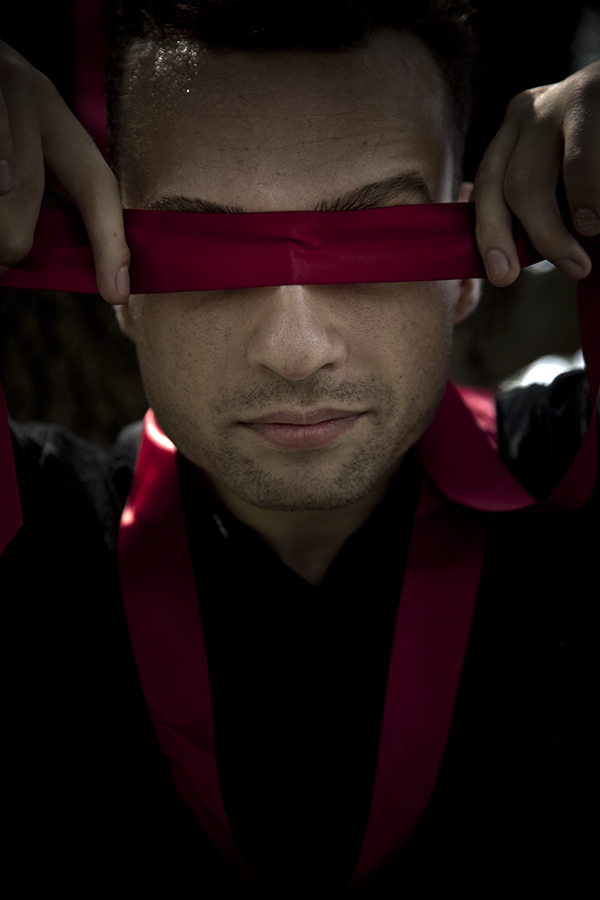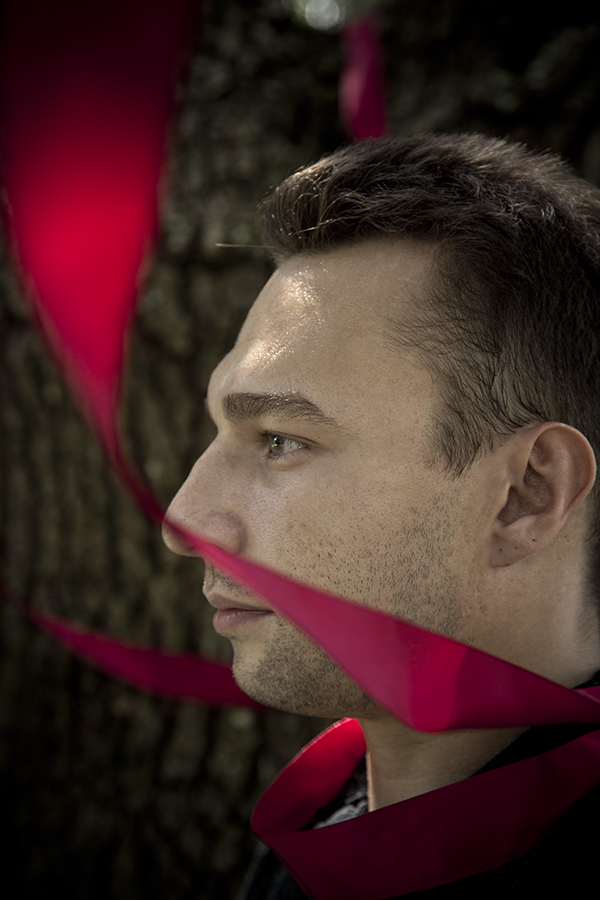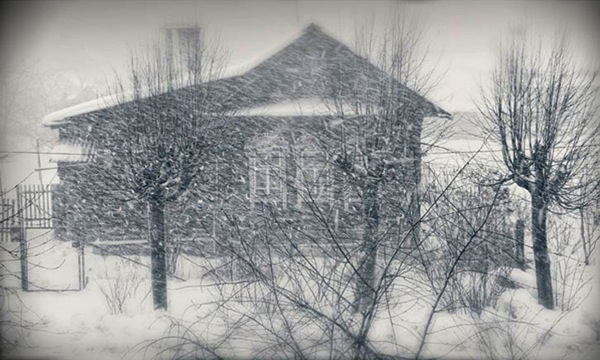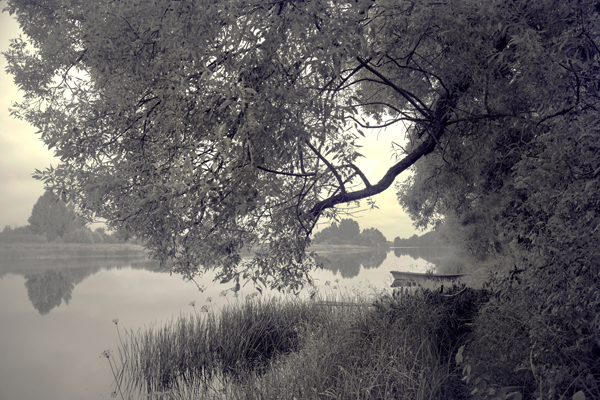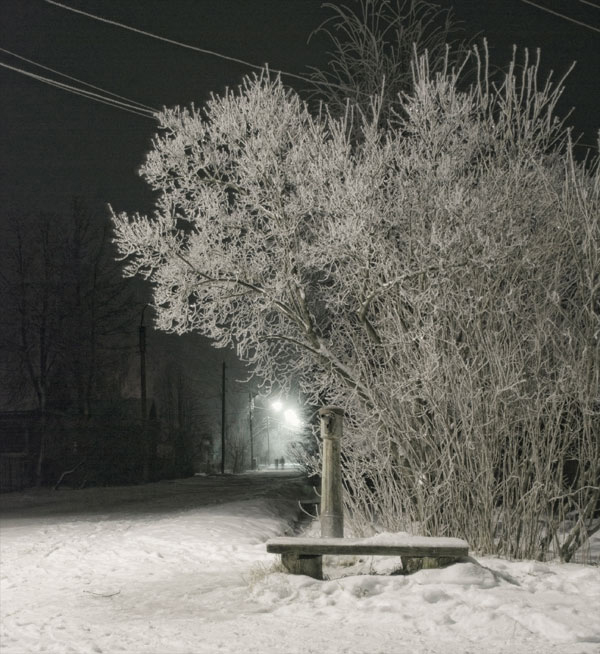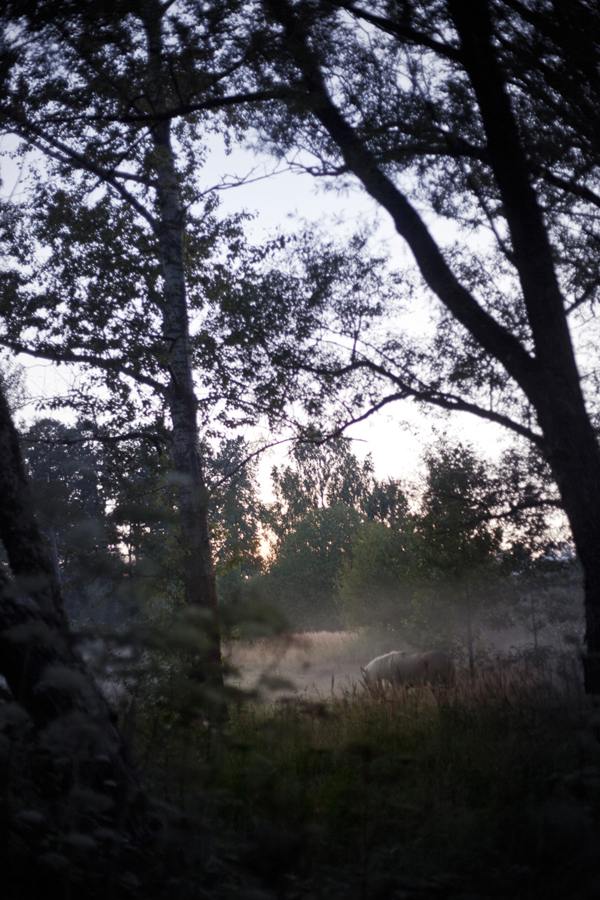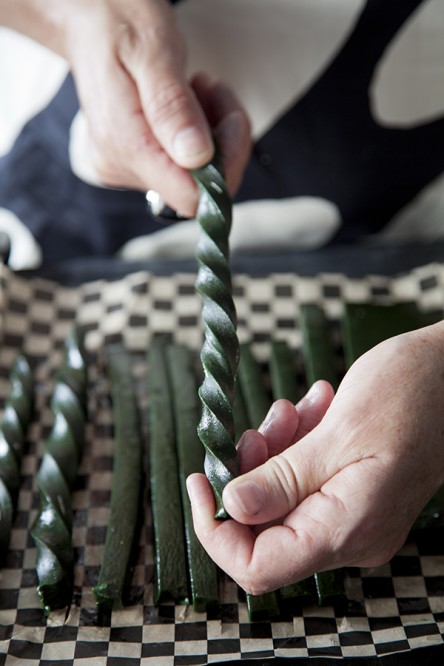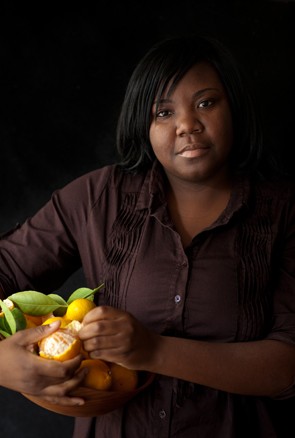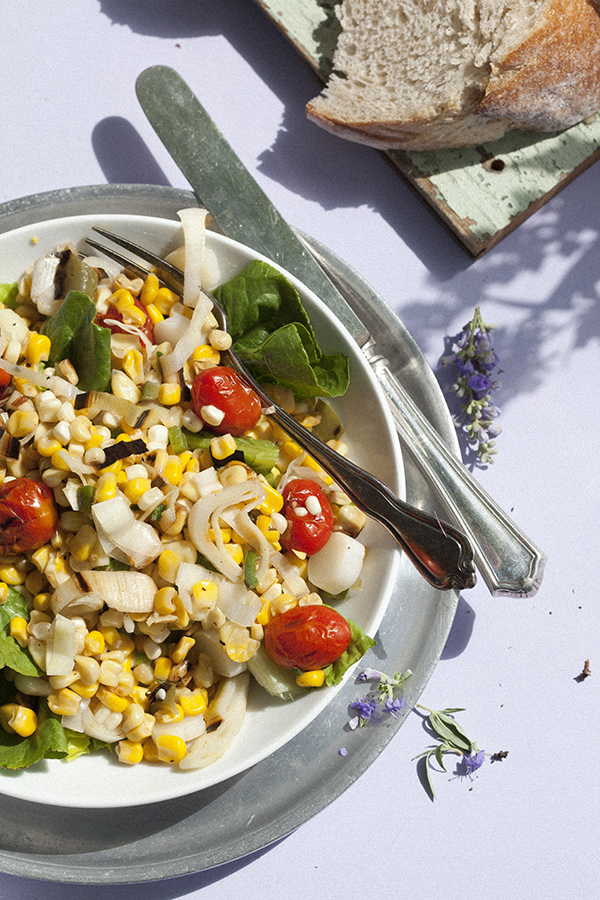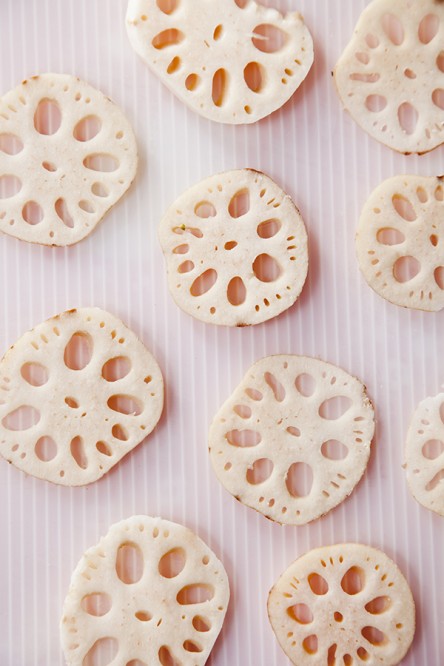Words by Andrea Goto
Portrait Photography by Chia Chong
Styling by Libbie Summers
Russian Landscape Photography by Valentin Sivyakov
Before I meet Valentin “Val” Sivyakov, I meet his car. The bright-white, supped-up Mitsubishi, wrapped in black graphic art stands out like a skyscraper in the rural neighborhood at the dead-end road in Savannah, GA. Plastered on the hood is the image of a voluptuous Asian woman—at least I think she’s Asian—and below her the artist has scrawled his signature.
“That your car out there?” I ask the 30-year-old upon meeting him. It’s a rhetorical question; there are four other cars in the driveway but we both know the one I’m referring to.
“You know what they say,” he offers, shrugging. “Russian men like to drive fast cars.”
I didn’t know that is what “they” say about Russian men, but I am aware of a few other stereotypes.
The Russians are Coming! The Russians are Coming!
As a young child in the ‘80s, I was afraid of many things: flat hair, AIDS and the inevitable cancellation of Dallas. But more than anything, I was afraid of the Russians. By the close of the Cold War, pop culture had more than done its part in characterizing a tough and stoic breed as killers with strong jaws and hair burdened by too much product. From the sadistic Colonel Zaysen in Rambo III and the faceless mouth-breathing, MIG-flying fighter pilots in Top Gun to the superhuman Soviet, Ivan Drago, in Rocky IV—it was clear by Hollywood’s standards that Soviets are antagonists by nature.
Not so, claims Val.
“I look tough, but I’m actually a softie.”
Val’s “toughness” isn’t defined by stature—he has a slight frame—but by his intensity. The guy never laughs. Even more unnerving is that he doesn’t blink. He locks my eyes as if daring me to look anywhere else while mine flutter like a Japanese fan. Couple those qualities with Val’s sharply trimmed hair, impeccably groomed eyebrows that look as if they were shaped by a surgeon and an unfortunate resemblance to a high-school ex-boyfriend, and yes, I can see a likeness to the calculating Russian prototype that precedes him.
And yet, things are never as simple as they look. Val comes from a legacy of artists dating back to the 16th century, when his great-great grandfather started one of four Soviet centers of lacquer-miniature painting, a craft that requires incredible dexterity and precision. A graphic designer and photographer, Val “loves shooting weddings.” He also admits being familiar with astrological signs (he’s a Gemini), and cites Manet and the other Impressionist painters as influences. He misses his family back in Palekh, a small town about 150 miles outside of Moscow—especially his mother’s cooking and Borodinsky, a traditional Russian brown bread made with coriander and caraway seeds.
Western Influences
Val first came to the states after an American woman, who was participating in an artist residency, inquired about his disability. Born with underdeveloped hip sockets and malformed arms, Val began the first of 10 surgeries on his hands at the age of 3. The American woman’s husband was a surgeon at the Shriners Hospital for Children in Massachusetts and she thought that perhaps the doctors there could offer Val more.
With the help of a sponsor family in Connecticut who would house Val and later enroll him in a private high school academy, he underwent hip surgery, landing him in a body cast for 6 months, a kind of confinement most people could not endure.
“I learned to speak English watching Scooby-Doo.”
I’m struck by the unfair irony of his situation. He comes from a legacy of miniature painters, who use tiny brushes to painstakingly detail small boxes—a trying task for any hand, let alone with restricted mobility. However, it sounds as if Val inherited his parents’ pragmatism.
To Val, his birth defect is entirely beside the point.
“Ever since a very young age, I was always drawing,” he recalls. “My parents would give me a pencil and I would create something.”
Today, he claims to be “married” to his work (he’s single). In fact, his art comes before all things, even the possibility of having “normal” hands.
“The doctors (in America) gave me two choices,” explains Val. “They told me they could make it ‘look pretty’ but there would be a 90% chance that I would lose functionality. I’d rather keep the functionality over ‘looking pretty.’”
He’s limited by almost nothing; he regards his biggest setback as his inability to spell. “When I text, it’s all phonetic. My friends say they can hear my voice inside their head,” he says, almost laughing—but not quite.
Butchering the English language is hardly a villainous offense for a non-native speaker, but the staring contest has got to end. I settle on his brows for a respite and once again note their precision and blink hard, my eyes desperate for moisture. Val’s eyes, however, continued to interrogate unwavering, somewhat superhuman—somewhat Soviet.
Below is just a sample of the photography talents of our friend Valentin Sivyakov…the subject of which is his Russian homeland. For more of his work, we encourage you to check out his website HERE.
Touch base with Val on Facebook or Instragram.

